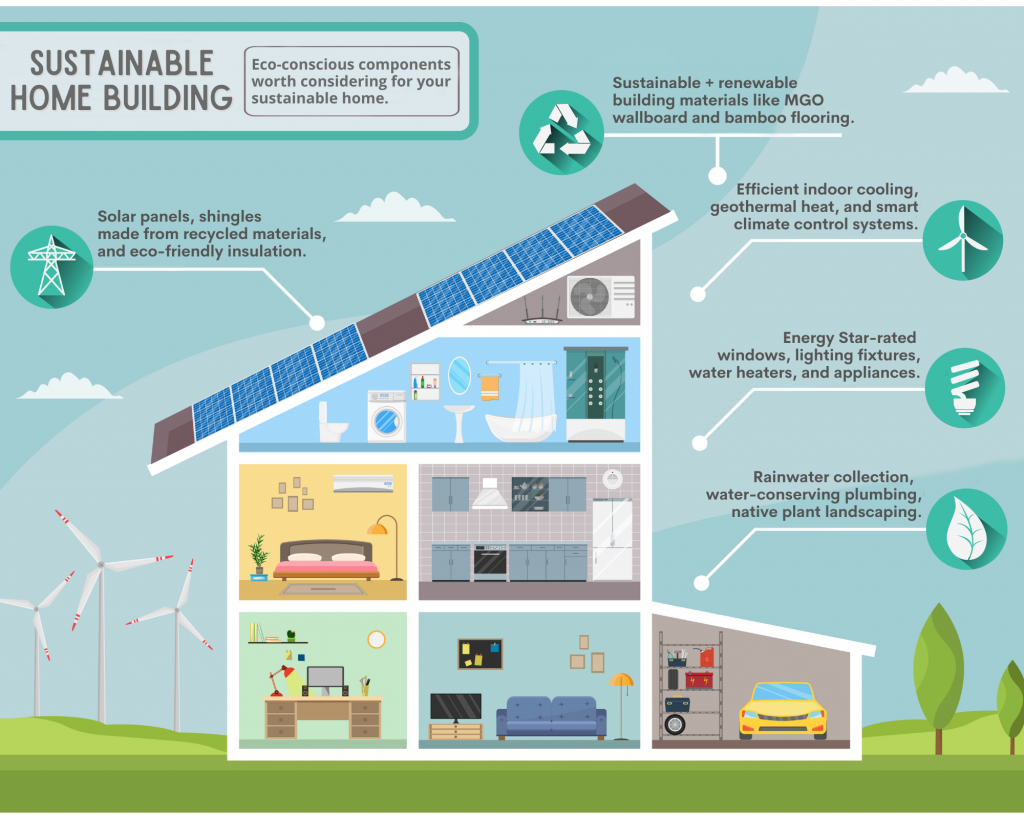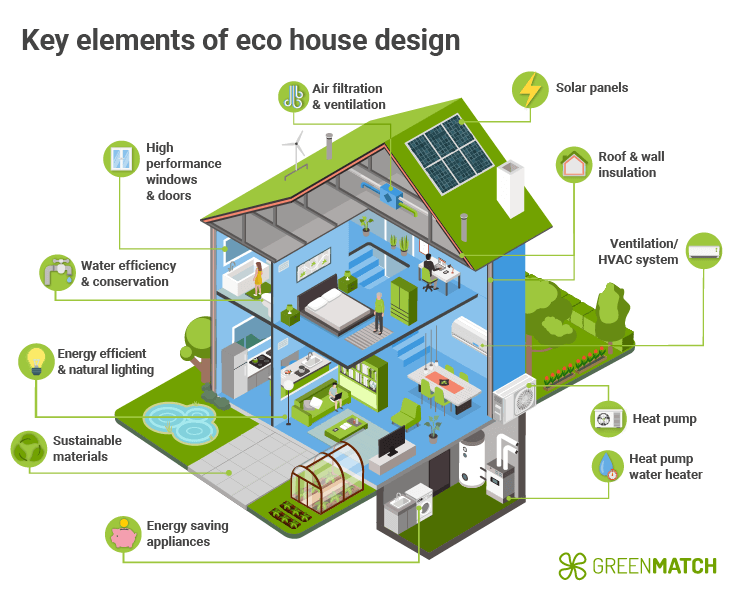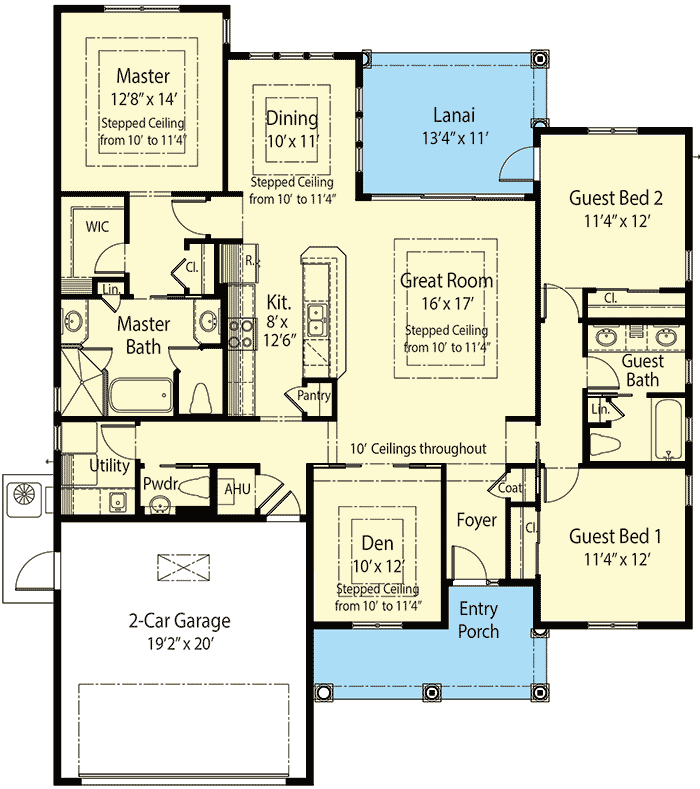Energy-Efficient Homes: Floor Plans for a Sustainable Future

Introduction:
In today’s world, where environmental concerns are at the forefront, building energy-efficient homes has become not just a trend, but a necessity. It’s about creating spaces that are comfortable, stylish, and responsible, minimizing our impact on the planet while maximizing our savings. This is where the magic of energy-efficient floor plans comes into play.

Why Choose Energy-Efficient Homes?
The benefits of an energy-efficient home are numerous and far-reaching:
- Reduced Energy Bills: By minimizing energy consumption, you’ll see a significant reduction in your monthly utility bills, putting more money back in your pocket.
- Environmental Responsibility: You’ll be contributing to a greener future by lowering your carbon footprint and reducing greenhouse gas emissions.
- Enhanced Comfort: Energy-efficient homes are designed to maintain a comfortable temperature year-round, ensuring a pleasant living experience.
- Increased Property Value: Energy-efficient homes are highly sought-after in the real estate market, making them a wise investment.
- Healthier Living: Improved air quality and reduced exposure to harmful pollutants create a healthier environment for you and your family.



Key Features of Energy-Efficient Floor Plans:

1. Optimal Orientation and Placement:
- Passive Solar Design: The placement of windows and the overall shape of the house are designed to maximize solar gain in winter and minimize heat gain in summer. This involves strategically positioning windows to capture sunlight during colder months and utilizing shading devices like overhangs to block direct sunlight during warmer months.
- Natural Ventilation: Cross-ventilation is achieved by strategically placing windows and doors to create airflow throughout the house, reducing the need for air conditioning.
- Shading Devices: Overhangs, awnings, and trellises can provide shade from the sun, reducing heat gain and minimizing the need for air conditioning.



2. Insulation and Air Sealing:
- High-Performance Insulation: Proper insulation in walls, ceilings, and floors prevents heat loss in winter and heat gain in summer, significantly reducing energy consumption.
- Air Sealing: Gaps and cracks in walls, windows, and doors are sealed to prevent air leakage, minimizing drafts and improving overall energy efficiency.


3. High-Efficiency Windows and Doors:
- Double or Triple-Pane Windows: These windows provide superior insulation and reduce heat loss in winter and heat gain in summer.
- Low-E Coatings: These coatings reflect infrared radiation, reducing heat transfer through the windows.
- Weatherstripping and Caulking: These elements ensure a tight seal around windows and doors, preventing air leaks and improving energy efficiency.


4. Efficient Heating and Cooling Systems:
- Heat Pumps: These systems can both heat and cool your home, offering energy efficiency and versatility.
- High-Efficiency Furnaces and Air Conditioners: These systems are designed to operate with minimal energy consumption, reducing your energy bills.
- Smart Thermostats: These thermostats can learn your habits and adjust the temperature accordingly, optimizing energy use.
5. Water Conservation Measures:
- Low-Flow Showerheads and Faucets: These fixtures reduce water consumption without sacrificing performance.
- Water-Efficient Appliances: Dishwashers, washing machines, and toilets with water-saving features can significantly reduce water consumption.
- Rainwater Harvesting Systems: These systems collect rainwater for use in irrigation and other household needs, reducing reliance on municipal water supplies.
6. Sustainable Materials:
- Recycled and Renewable Materials: Using materials like bamboo, recycled wood, and recycled plastic reduces the environmental impact of construction.
- Locally Sourced Materials: Minimizing transportation distances for materials reduces carbon emissions.
7. Smart Home Technology:
- Smart Lighting: Motion sensors and timers can automatically adjust lighting levels, reducing energy waste.
- Smart Appliances: Appliances with remote control features allow you to manage energy consumption efficiently.
- Energy Monitoring Systems: These systems provide real-time data on energy usage, allowing you to identify areas for improvement.
Floor Plan Considerations for Energy Efficiency:
- Compact Design: Smaller homes generally require less energy to heat and cool, making them more energy-efficient.
- Open Floor Plans: Open floor plans promote natural ventilation and light, reducing the need for artificial lighting and cooling.
- Strategic Window Placement: Windows should be placed to maximize natural light and ventilation while minimizing heat gain.
- Shading Devices: Overhangs, awnings, and trellises can provide shade from the sun, reducing heat gain.
- Energy-Efficient Appliances and Fixtures: Choose appliances and fixtures with high energy-efficiency ratings.
FAQs:
1. How much can I save on my energy bills with an energy-efficient home?
Savings vary depending on factors like location, climate, and the specific energy-efficient features incorporated. However, you can expect to see a significant reduction in your energy bills, often up to 30% or more.
2. Are energy-efficient homes more expensive to build?
While the initial cost of building an energy-efficient home may be slightly higher, the long-term savings on energy bills will offset the initial investment.
3. What are some government incentives for building energy-efficient homes?
Many governments offer tax credits, rebates, and other incentives for homeowners who build or renovate their homes with energy-efficient features.
4. Can I make my existing home more energy-efficient?
Yes, you can make your existing home more energy-efficient through various upgrades, such as adding insulation, replacing windows, upgrading appliances, and sealing air leaks.
5. What are some common mistakes to avoid when designing an energy-efficient home?
Common mistakes include neglecting proper insulation, choosing low-efficiency appliances, overlooking natural ventilation, and not considering the impact of solar orientation.
Conclusion:
Building an energy-efficient home is an investment in a sustainable future. It’s a commitment to reducing your environmental impact, saving money on energy bills, and creating a comfortable and healthy living space. By incorporating the key features and design considerations outlined above, you can create a home that is both stylish and responsible, leaving a lighter footprint on the planet and a brighter future for generations to come.
Call to Action:
Ready to embark on your journey towards a sustainable and energy-efficient home? Contact us today for a consultation. We’ll work with you to create a custom floor plan that meets your unique needs and aspirations, ensuring a home that is both beautiful and environmentally conscious.

